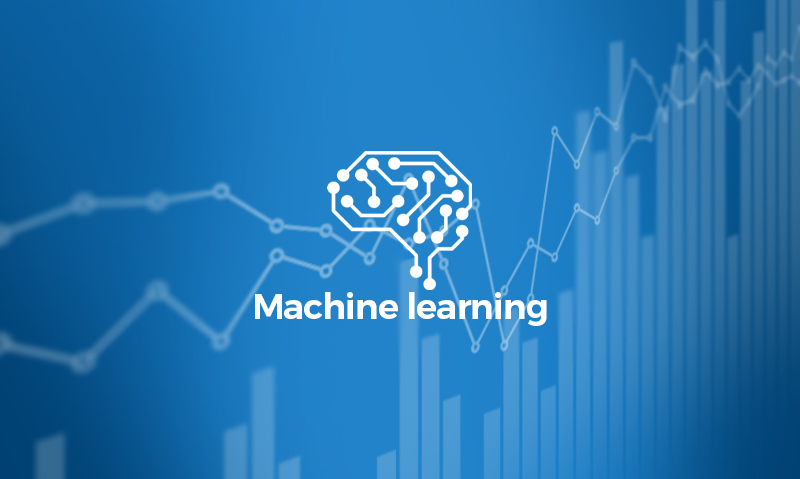We can define machine learning (ML) as follows:
It may be defined as the field of computer science, more specifically an application of artificial intelligence, which provides computer systems the ability to learn with data and improve from experience without being explicitly programmed.

Basically, the main focus of machine learning is to allow the computers learn automatically without human intervention. Now the question arises that how such learning can be started and done? It can be started with the observations of data. The data can be some examples, instruction or some direct experiences too. Then on the basis of this input, machine makes better decision by looking for some patterns in data.
Types of Machine Learning (ML)
Machine Learning Algorithms helps computer system learn without being explicitly programmed. These algorithms are categorized into supervised or unsupervised. Let us now see a few algorithms:
1.Supervised machine learning algorithms
This is the most commonly used machine learning algorithm. It is called supervised because the process of algorithm learning from the training dataset can be thought of as a teacher supervising the learning process. In this kind of ML algorithm, the possible outcomes are already known and training data is also labeled with correct answers. It can be understood as follows:
Suppose we have input variables x and an output variable y and we applied an algorithm to learn the mapping function from the input to output such as:
Y=f(x)
Now, the main goal is to approximate the mapping function so well that when we have new input data (x), we can predict the output variable (Y) for that data.
Mainly supervised leaning problems can be divided into the following two kinds of problems:
a. Classification: A problem is called classification problem when we have the categorized output such as “black”, “teaching”, “non-teaching”, etc.
b. Regression: A problem is called regression problem when we have the real value output such as “distance”, “kilogram”, etc.
Decision tree, random forest, KNN, logistic regression are the examples of supervised machine learning algorithms.
Unsupervised machine learning algorithms
As the name suggests, these kinds of machine learning algorithms do not have any supervisor to provide any sort of guidance. That is why unsupervised machine learning algorithms are closely aligned with what some call true artificial intelligence. It can be understood as follows:
Suppose we have input variable x, then there will be no corresponding output variables as there is in supervised learning algorithms.
In simple words, we can say that in unsupervised learning there will be no correct answer and no teacher for the guidance. Algorithms help to discover interesting patterns in data. Unsupervised learning problems can be divided into the following two kinds of problem:
1.Clustering: In clustering problems, we need to discover the inherent groupings in the data. For example, grouping customers by their purchasing behavior.
2.Association: A problem is called association problem because such kinds of problem require discovering the rules that describe large portions of our data. For example, finding the customers who buy both x and y.
K-means for clustering, Apriori algorithm for association are the examples of unsupervised machine learning algorithms.
Reinforcement machine learning algorithms
These algorithms train the systems to make specific decisions. Basically, the machine is exposed to an environment where it trains itself continually using the trial and error method. These algorithms learn from past experience and tries to capture the best possible knowledge to make accurate decisions. Markov Decision Process is an example of reinforcement machine learning algorithms.
The next post will focus on "Most Common Machine Learning Algorithms".
![13+ List of Machine Learning Algorithms with Details [2018 Updated]](https://www.newtechdojo.com/wp-content/uploads/2018/03/Types-of-Machine-Learning-%E2%80%93-At-a-Glance-optimized.jpg)
0 comments:
Post a Comment